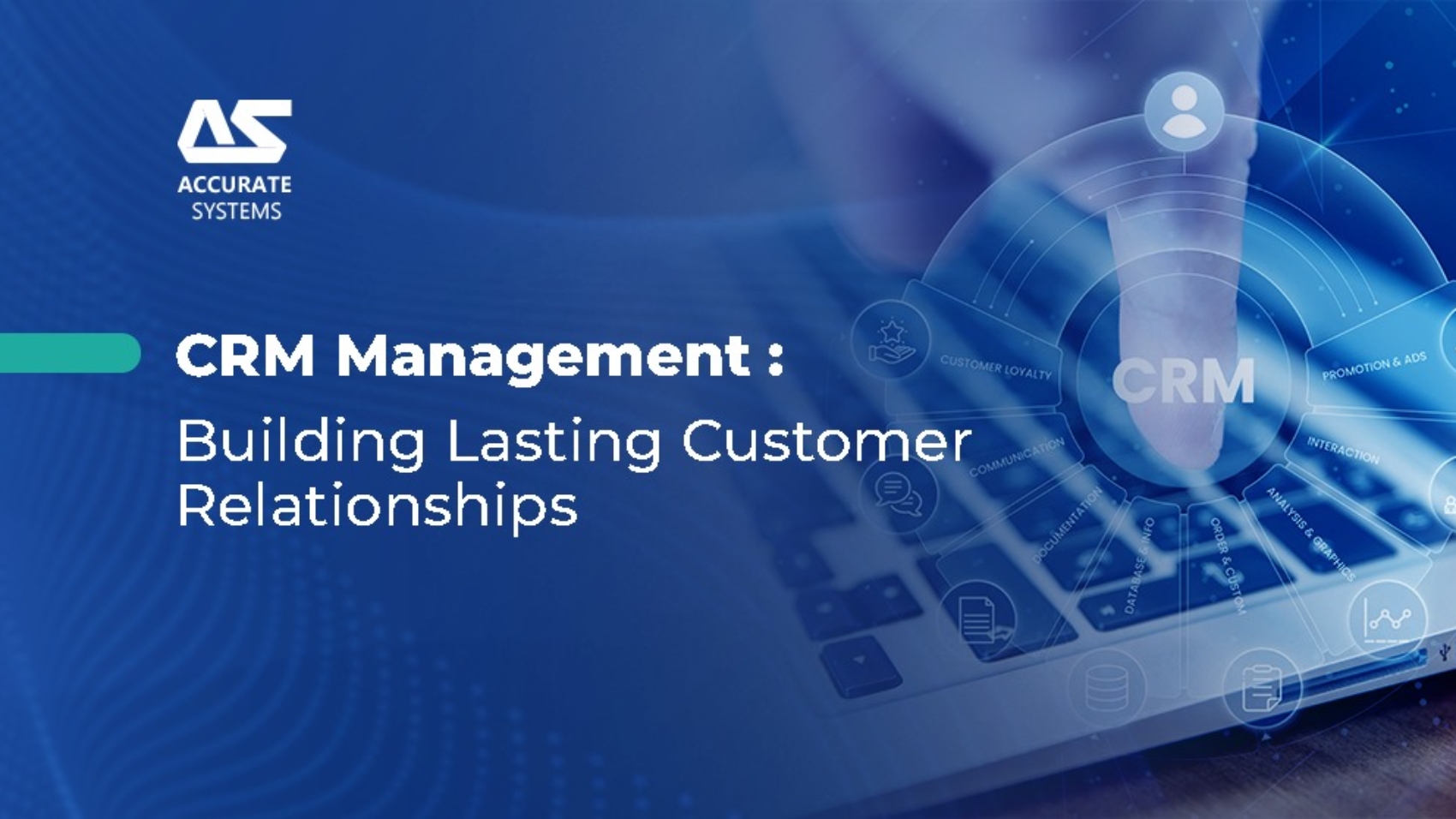Support management is a crucial aspect of any business focused on delivering exceptional customer service. It involves designing, implementing, and maintaining support systems and processes that ensure customers receive the assistance they need promptly and effectively. Effective support management not only enhances customer satisfaction but also builds long-term loyalty and trust.
The Significance of Support Management
Support management encompasses various functions within an organization, including customer support, technical support, and post-sales service. These functions play a pivotal role in ensuring customers have a positive experience throughout their interaction with the company.
Key Components of Support Management
- Customer Support Strategy: Defining a clear support strategy is essential. This includes determining the channels through which customers can seek assistance (e.g., phone, email, chat, self-service portals) and setting service level expectations.
- Training and Development: Providing comprehensive training to support staff is vital to ensure they have the skills and knowledge required to address customer inquiries and issues effectively.
- Service Metrics and KPIs: Establishing key performance indicators (KPIs) and metrics allows organizations to measure the efficiency and effectiveness of support operations. Common metrics include response times, resolution rates, and customer satisfaction scores.
- Technology and Tools: Leveraging technology, such as customer relationship management (CRM) software and helpdesk systems, can streamline support processes, improve communication, and provide data insights for continuous improvement.
- Continuous Improvement: Regularly assessing support processes and gathering feedback from customers and support agents is essential for making improvements and staying responsive to changing customer needs.
Benefits of Effective Support Management
- Customer Satisfaction: Prompt and effective support leads to higher customer satisfaction and loyalty.
- Brand Reputation: Providing exceptional support contributes to a positive brand reputation and word-of-mouth referrals.
- Issue Resolution: Support management ensures timely resolution of customer issues, reducing the risk of escalations or negative reviews.
- Data-Driven Decision-Making: Support data and analytics enable organizations to identify trends, prioritize improvements, and make informed decisions.
Technology in Support Management
Technology plays a pivotal role in support management. Customer support software, AI-powered chatbots, and omnichannel communication tools enable organizations to deliver seamless and efficient support experiences. Data analytics and artificial intelligence can help in predicting customer needs and automating routine tasks.
In conclusion, support management is a cornerstone of customer-centric businesses. It is more than just addressing customer inquiries; it involves designing a holistic support ecosystem that ensures customers receive the assistance they need at every touchpoint. In an era where customer expectations are continuously evolving, organizations that excel in support management are better positioned to create loyal customers, build brand loyalty, and drive sustainable growth.










